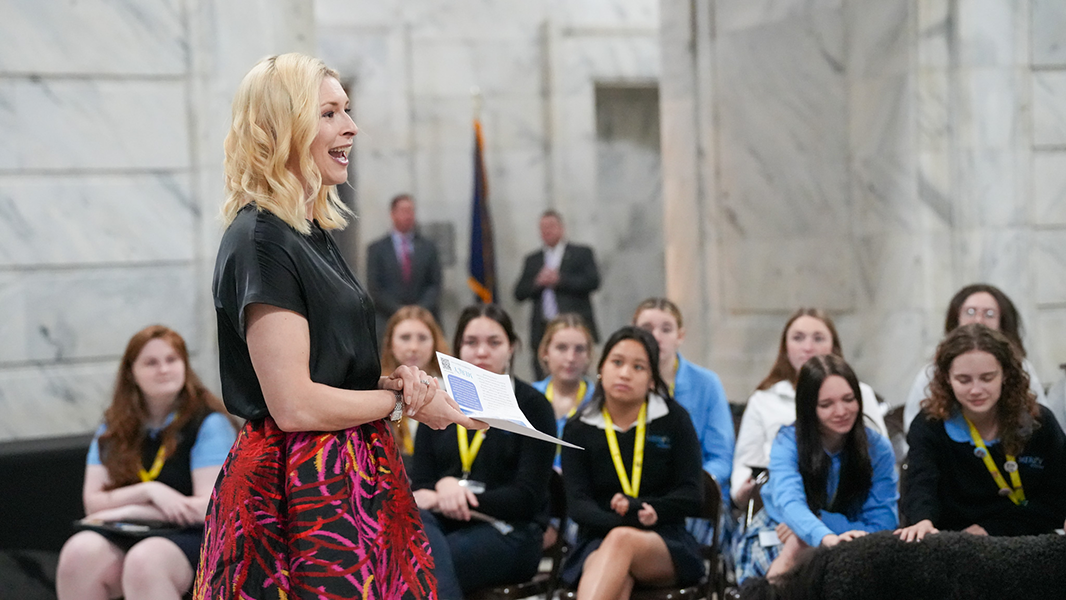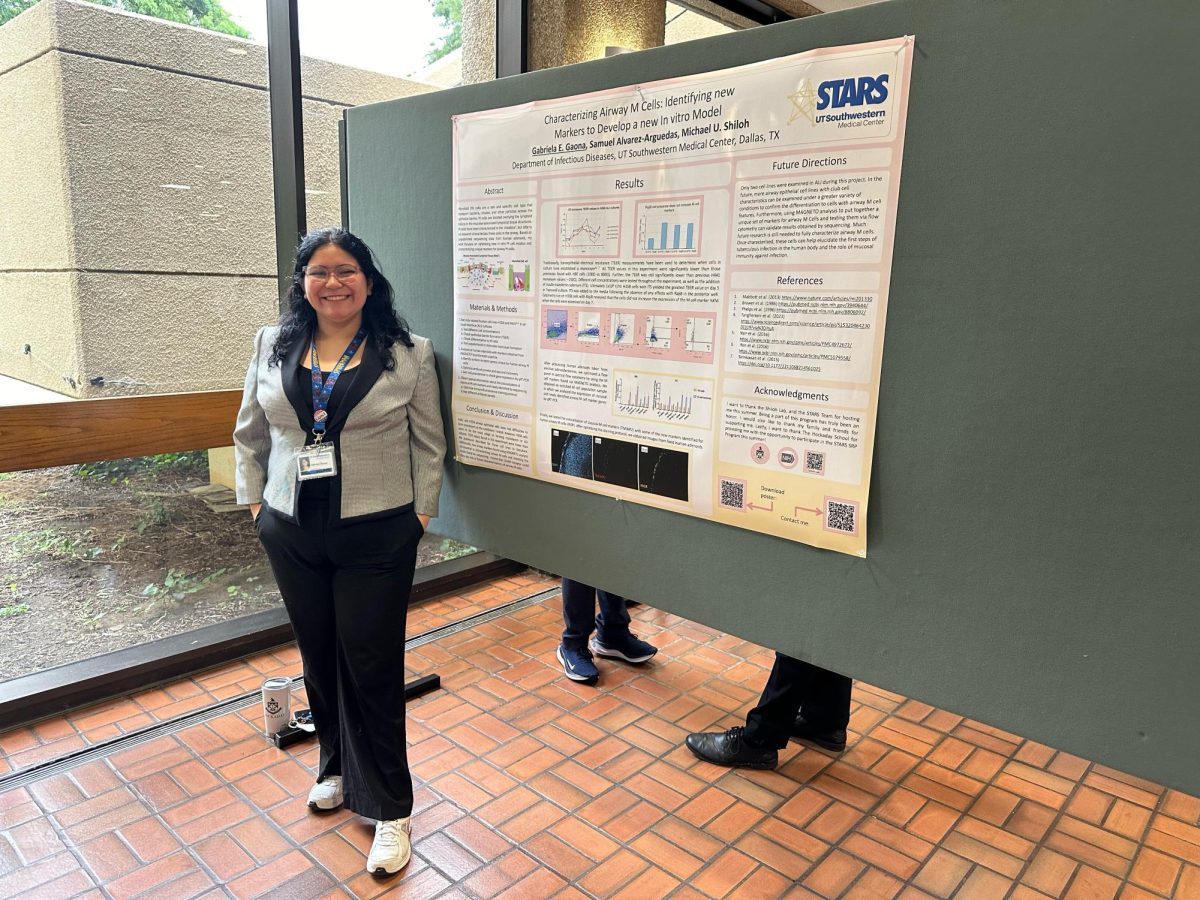Why some students stay and others go the year before entering high school
In independent schools with K-12 education, natural transition years fall into place in which students decide on whether to stay or go. Hockaday is no exception.
Class sizes knowingly increase in odd grades, typically fifth, seventh and ninth. However, few remember that those also can be times when people transition out, instead of in. Some girls start to truly evaluate whether or not they should continue on for another year.
“You have a number that you’re shooting for in ninth grade. It directly affects how many students you accept for ninth grade also,” Head of Middle School Linda Kramer said.
Kramer said that eighth grade is a natural time for this transition to occur. However, in recent years, the options for students have increased and thus so have attrition rates.
“You know that you are going to make a multitude of new choices,” Kramer said. “If you are really looking at your choices, maybe you say you want to look at this also. I think it’s just kids and families looking at all of their options, gathering all of the information and then deciding whether or not to stay.”
The school wanted to present Hockaday as an option to continue to consider despite the possibility of leaving for an arts magnet school or a co-ed alternative.
“What we realized is we really need to give eighth graders a view while they’re looking at everything,” Kramer said. “I also want you to look at what Hockaday Upper School is going to be because you don’t really know when you’re in eighth grade.”
However, she also attributed this to the “boarding school trend,” which has developed in past five or so years with a few girls going each year.
“It varies between the years quite frankly, and it is never a huge number. I think it’s a hard jump to make in an area where boarding schools are not necessarily the norm. On the East Coast, they are and you have a lot more movement to them,” Kramer said.
Once students do decide to leave, they stick with their decision.
“Boarding school wise, I think most of them stay. So if they do choose to go, it usually tends to be the right decision for them,” Kramer said.
But before they make a final decision, the administrators give them the resources needed to make a more informed choice.
“I have them chat with Mr. Long, so that if it’s on the fine arts side of it, I want them to ask him every question they have about Upper School,” Kramer said. “And if it’s on the boarding school side, I want them to talk to Mr. Ashton, so that they can see there are a lot of paths through Upper School that if you are just looking for that going away experience, you can do that here.”
Through meetings and talking with teachers, Kramer and the Middle School faculty can assure that the choice was made with all of the right information in mind.
“I desperately want you to have all of the information before you make a choice. I don’t want you to make a choice based on assumptions. I want it to be on facts,” Kramer said.
For girls who have been at Hockaday for a number of years, Kramer believes there are different options to mix up high school education.
“There are a lot of ways to experience Hockaday Upper School and have the travel or the independence and broader perspective that you’re looking for.”
Semester abroad programs, like City Term and Swiss Semester, are advertised as such, and these options are presented to girls who think about opting for boarding school or a co-ed experience.
Head of Admissions Jen Liggitt also considered the recession as a potential factor in many girls choosing to leave. However, this has not played as much of a role at Hockaday despite the fact that “it’s becoming harder and harder for families to pay for private schools.”
“We’ve been very fortunate in that since the economic recession in 2008, we were able to meet the needs that [our students] had,” Liggitt said. “A lot of schools have experienced a lot of people having to leave because of the economy and their financial aid budgets have not been able to keep up with that.”
The economy can cause positive movements as well, especially since 2010.
“In the last two years, I’ve started to see more families across the school, who are moving to different cities but who are also moving to Dallas,” Liggitt said. “There is a lot of transition going on in that way as the economy picks up in other parts of the country.”
However, despite a rise this year, the attrition rates remains very low for the past decade, Liggitt assures.
“They are not a problem. The first thing I’d say is that the average attrition rate for an independent school is 8 percent or over,” Liggitt said. “And our [rate] is less than half of that. Last year was just a little more than we’ve seen in recent years.
Part of the reason behind these rates comes from the positive response to the eighth/ninth transition meetings.
“They get a lot of the dry information on academics,” Liggitt said. “We wanted to give them a little more hands on experience where they would experience some of the fun things that happened in the classroom, rather than just what’s required.”
This year, the administration introduced the scavenger hunt to the eighth grade girls, which Dean of Upper School Meshea Matthews believes helped the girls have a better grasp of the large campus and unfamiliar Upper School areas.
“It was a good first stab at doing something that was quick and active but gave you a wide range of exposure to the Upper School,” Matthews said.
Despite the efforts of the administration, the admissions office and student council, ultimately the decision rests with the student, and it can be hard to predict what will happen, Kramer said.
“That is the difficulty for us. You can’t predict,” she said. “And you can’t predict how many if given the opportunity would actually leave. But we hope they stay.”
-Katie






